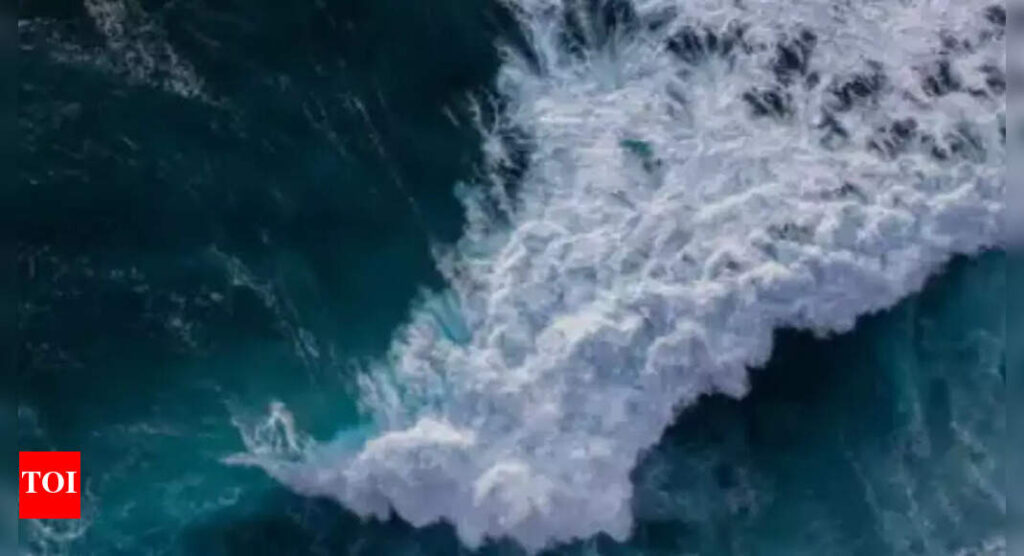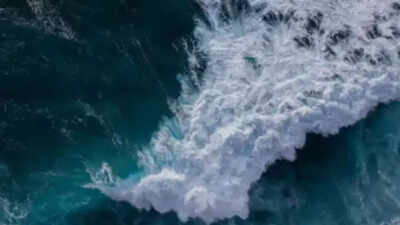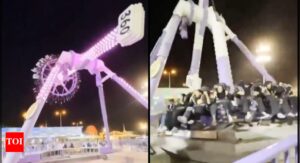Russia’s earthquake highlights Pacific Ring of Fire risks: Why this seismic zone is the world’s deadliest | World News

The Pacific Ring of Fire, a horseshoe-shaped seismic belt encircling the Pacific Ocean, is one of Earth’s most active geological regions. Home to hundreds of millions of people, it stretches across bustling megacities and remote mountain towns, uniting them under a common geological destiny. Shaped by powerful tectonic plate movements, it is responsible for some of the world’s largest earthquakes, volcanic eruptions, and tsunamis. From Japan to Chile, and from Alaska to New Zealand, this seismic hotspot has produced catastrophic events, prompting global scientific collaborations aimed at understanding its behaviour and reducing risks. Here is an in-depth look at its origin, impact, and importance.
Earthquake in Russia’s Kamchatka : What is the Pacific Ring of Fire and why it is prone to quakes and tsunamis
The Pacific Ring of Fire is not an official scientific term but rather a widely accepted description for a chain of active volcanoes and fault lines surrounding the Pacific Ocean. This zone covers a 40,000-kilometre horseshoe-shaped area, touching countries like Japan, Indonesia, New Zealand, the Philippines, Alaska, the US West Coast, and South America’s Pacific edge.Volcanic activity: Around 75% of Earth’s active volcanoes are located here.Earthquake frequency: Nearly 90% of the world’s earthquakes occur in this seismic belt.Its geological activity is primarily driven by subduction zones, where one tectonic plate slides beneath another, creating intense seismic stress.
Major disasters along the Pacific Ring of Fire you should know about
The Ring of Fire has been the epicenter of several historic disasters:
- 2011 Japan Earthquake & Fukushima Disaster: Triggered a massive tsunami and nuclear accident.
- 1960 Great Chilean Earthquake: The strongest earthquake ever recorded (magnitude 9.5).
- 2004 Indian Ocean Earthquake & Tsunami: Killed over 230,000 people across 14 countries.
- 1964 Alaska Earthquake: One of North America’s most powerful seismic events.
These events underline the catastrophic potential of this geological zone and the urgent need for early warning systems.

Source: National Geographic
Why is the Pacific Ring of Fire so active and prone to earthquakes and Tsunamis
The Pacific Plate, Earth’s largest tectonic plate, is surrounded by several smaller plates. Most boundaries within the Ring of Fire are subduction zones, where plates collide and one sinks beneath the other. These movements generate:
- Earthquakes: Sudden fault slips release immense energy, shaking entire regions.
- Volcanic eruptions: Melting rock from subduction forms magma, fueling volcanoes.
- Tsunamis: Seafloor displacement can create waves traveling across oceans in minutes.
According to Michael Blanpied of the US Geological Survey, “The Pacific is unique in that it’s completely ringed by highly active tectonic boundaries.”
Global seismic networks and records improve earthquake and Tsunami preparedness
Advances in seismic monitoring have transformed how we understand the Ring of Fire. A global network of sensors now provides near-instant earthquake detection and tsunami alerts. Nations along the Ring of Fire share seismic data and disaster strategies to minimize damage and save lives. Anna Kaiser, a seismologist, emphasizes international cooperation: “It’s really important as scientists for us to collaborate and learn from other parts of the world and particularly around the Pacific.”Studying ancient earthquake and tsunami records helps scientists estimate future risks. Historical data, such as pre-1900 tsunami records in Indonesia, provide insight into the “seismic rhythm” of faults. As historian Anthony Reid explains, understanding past seismic patterns helps predict future catastrophic events, even if precise forecasting remains elusive.







